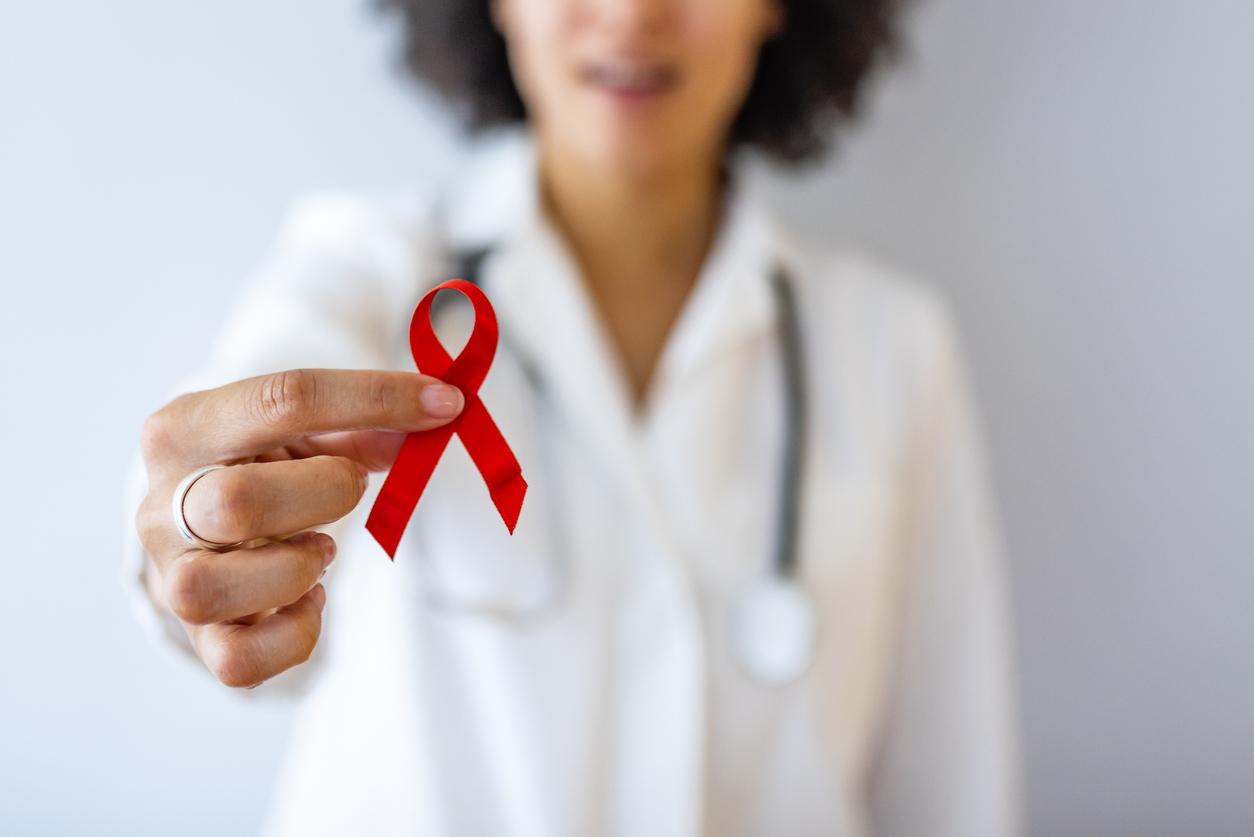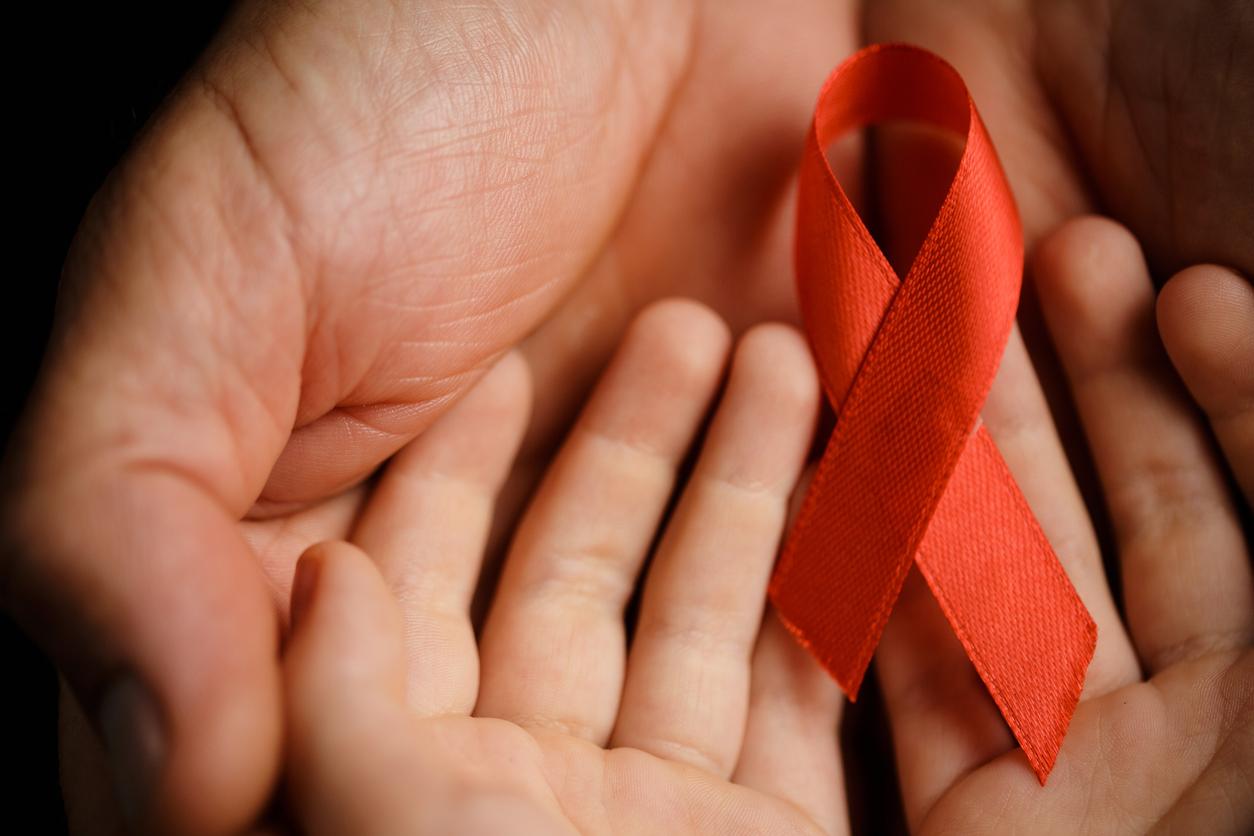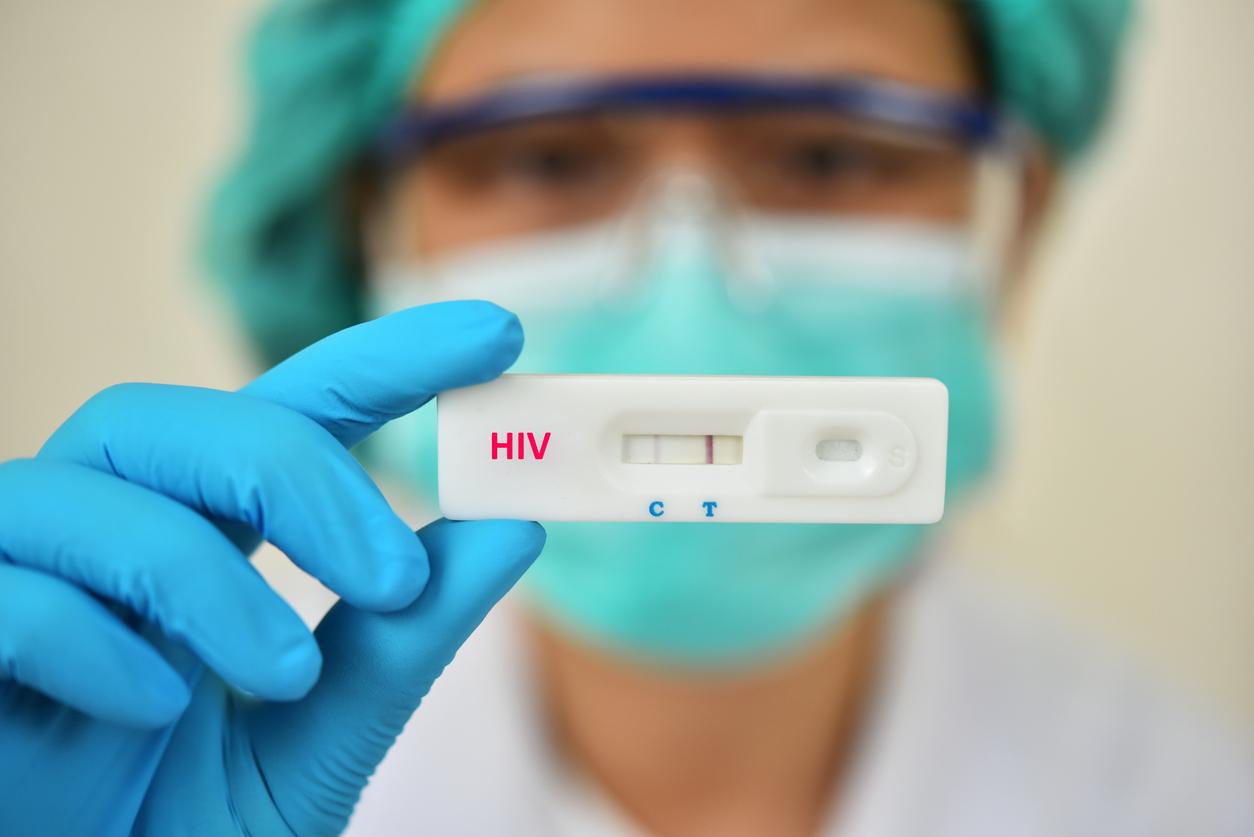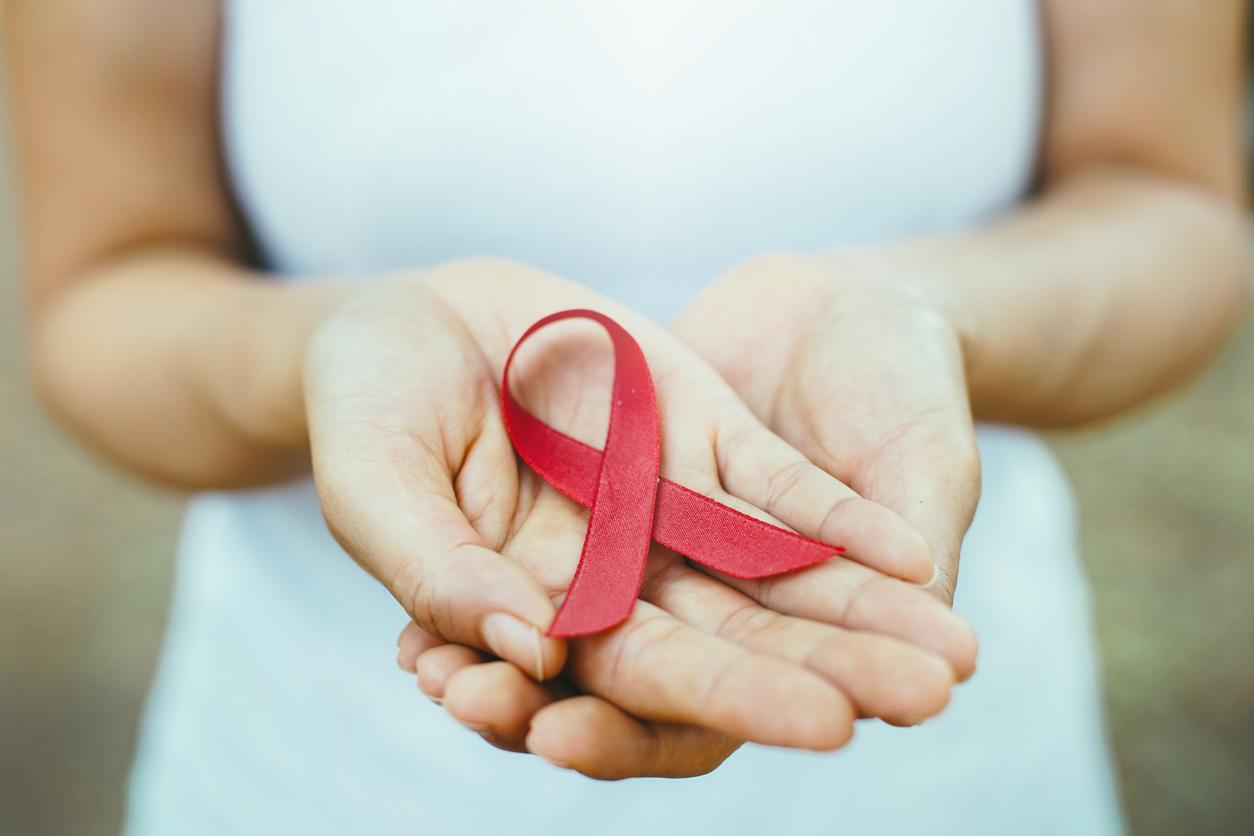A new UNAIDS report says 17 million people are on treatment for HIV. That is an increase of 2 million compared to last year.

Nearly 17 million people worldwide have access to antiretroviral drugs, according to a report published by theUNAIDS, that is 2 million over in a year. A figure that comes just before the meeting of the United Nations General Assembly on the elimination of AIDS which will take place in New York from June 8 to 10, 2016.
Progress in the worst-affected region
More and more countries are adopting new guidelines from the World Health Organization (WHO) which call for immediate treatment for anyone diagnosed with HIV. This document, called “AIDS news around the world in 2016” highlights the remarkable progress of antiretroviral treatment since 2010 in a large number of countries.
This development has reduced the number of AIDS deaths from 1.5 million in 2010 to 1.1 million in 2015. The most significant results have been seen in the most affected region of the world, which is Africa. southern and eastern. In this area, antiretroviral treatment coverage increased from 24% in 2010 to 54% in 2015, reaching a total of 10.3 million people. Global coverage is 46%.
End the virus by 2030
“The potential of antiretroviral therapy is being fully realized,” notes UNAIDS Executive Director Michel Sidibé. I urge all countries to seize this unprecedented opportunity to accelerate HIV prevention and treatment programs to end the AIDS epidemic by 2030 ”.
For 2020, UNAIDS wants to meet the 90-90-90 treatment target. Namely: 90% of people living with HIV who know their HIV status, 90% of these people on antiretroviral therapy and 90% of people on treatment with an undetectable viral load. This condition affects patients on treatment who have a very low amount of virus in their body.
UNAIDS ‘goal is to end the virus by 2030.
.

















